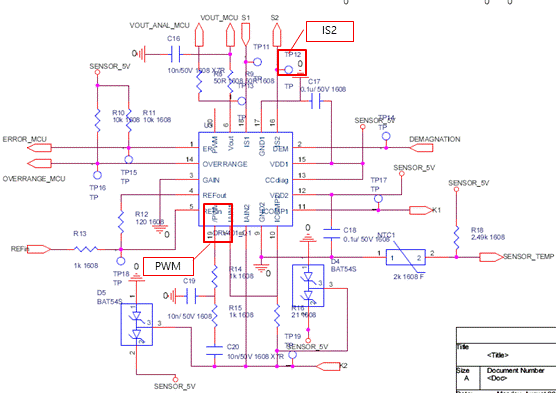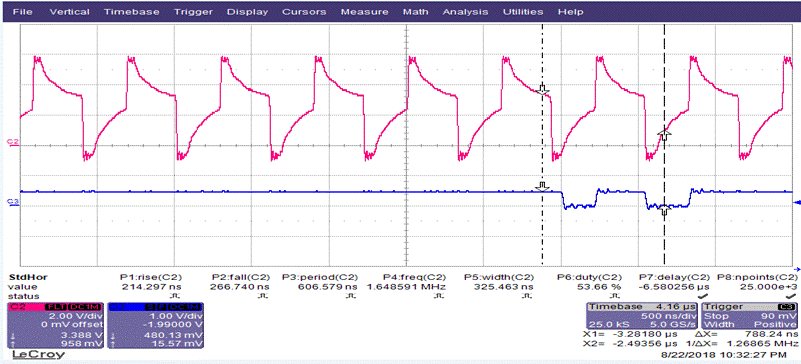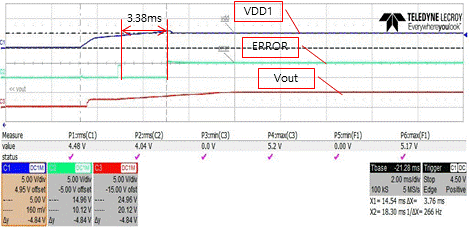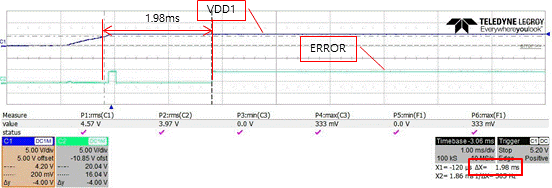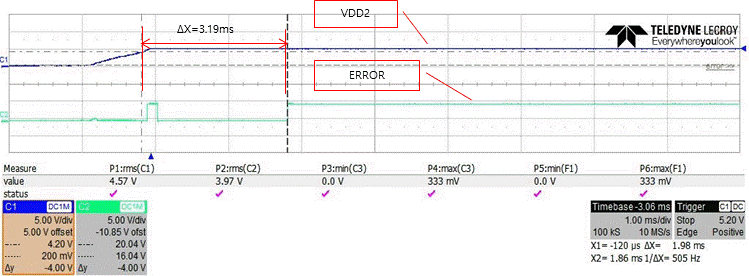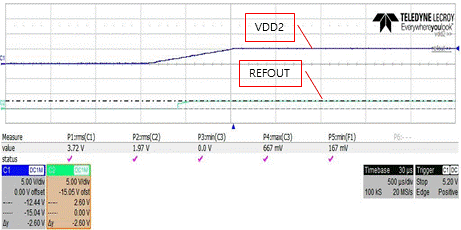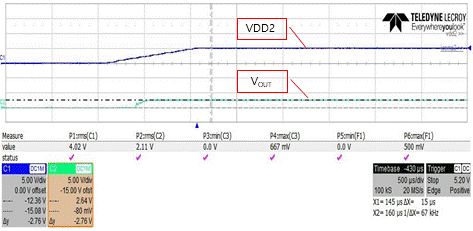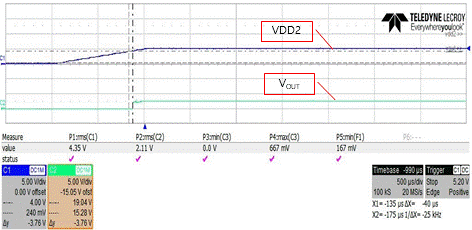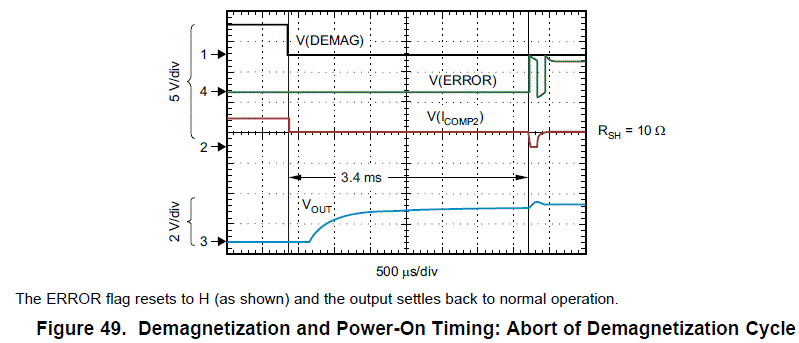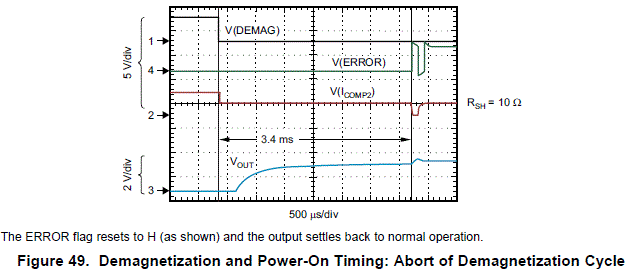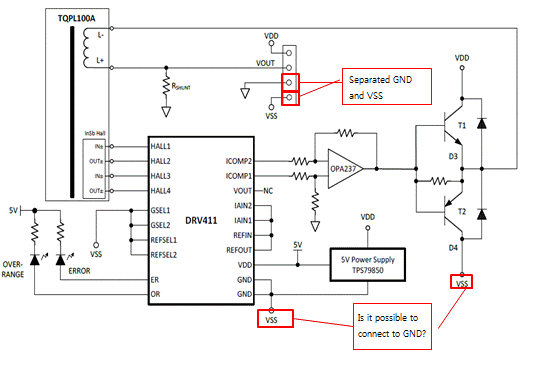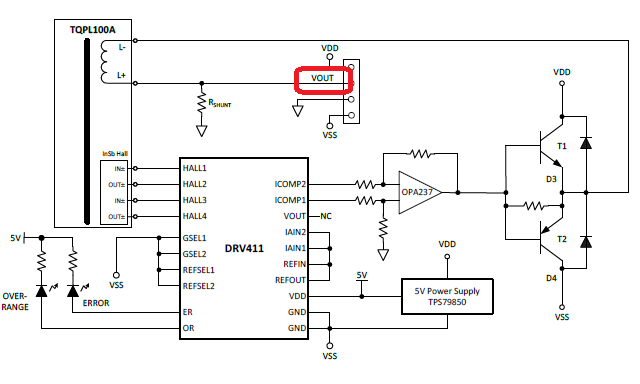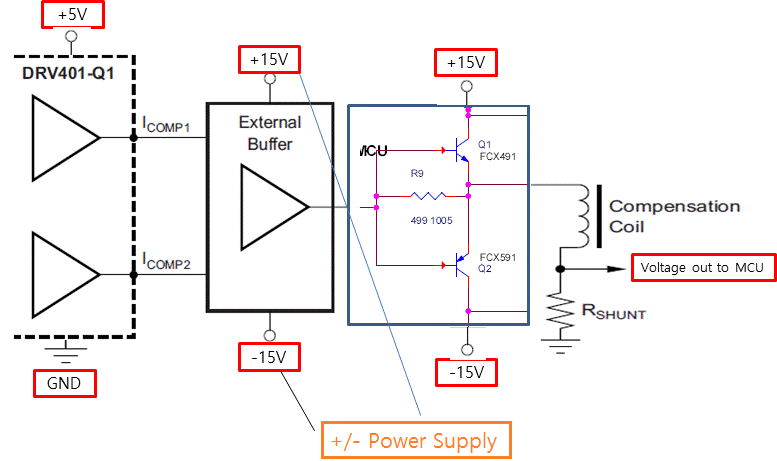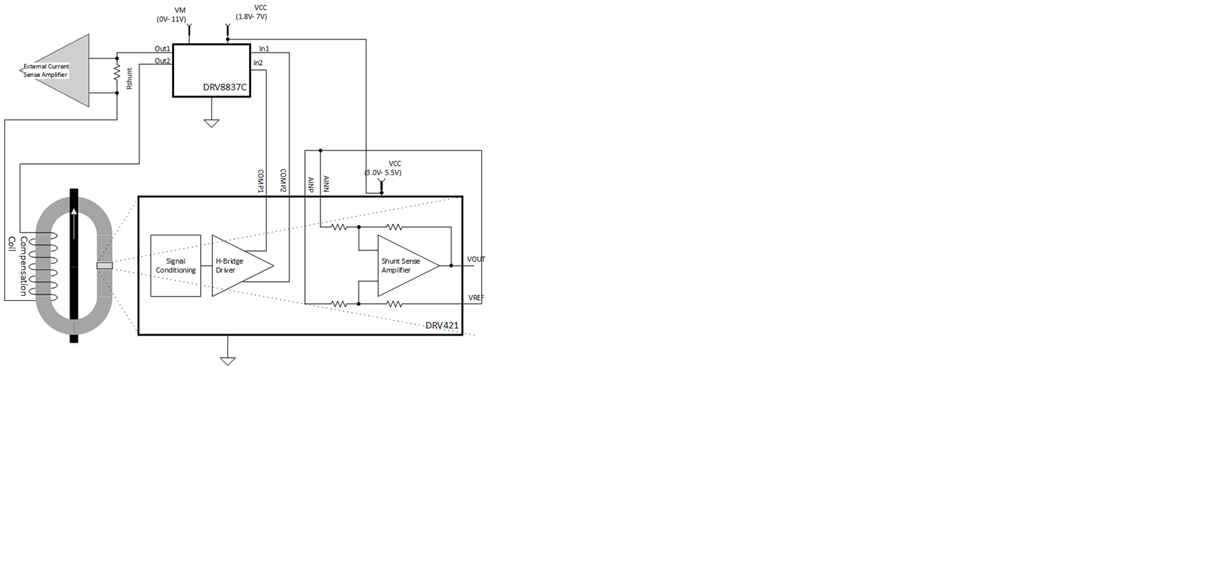Other Parts Discussed in Thread: DRV401, , DRV421, DRV411, OPA237
Hello,
DRV401 EVM tested as like below
1. Connect VAC M4645-X080 to DRV401 EVM
2. Connect 13.5V input to DRV401 EVM
3. Input 0A~ 300A current to M4645-X080
4. Measure the waveform of Probe input(IS2) and PWM Output from 0A to 300A by 50A duration.
*Questions
1. How is PWM output duty cycle change when 0A~ 300A current input to M4645-X080 with 16.5ohm Shunt resistor?
2. PWM Data is 2.66V during 0A to 250A but raised to 3.36V at 300A. Is it normal?
3. Changed shunt resistor value to 12ohm (Under 15ohm), PWM waveform changed as below. Is it normal operation? Is it saturation state?
250A current input
300A current input
When changed Shunt resistor value to under 15ohm and 250A~300A current input, PWM waveform changed above waveforms.
Regards,
Nicky


